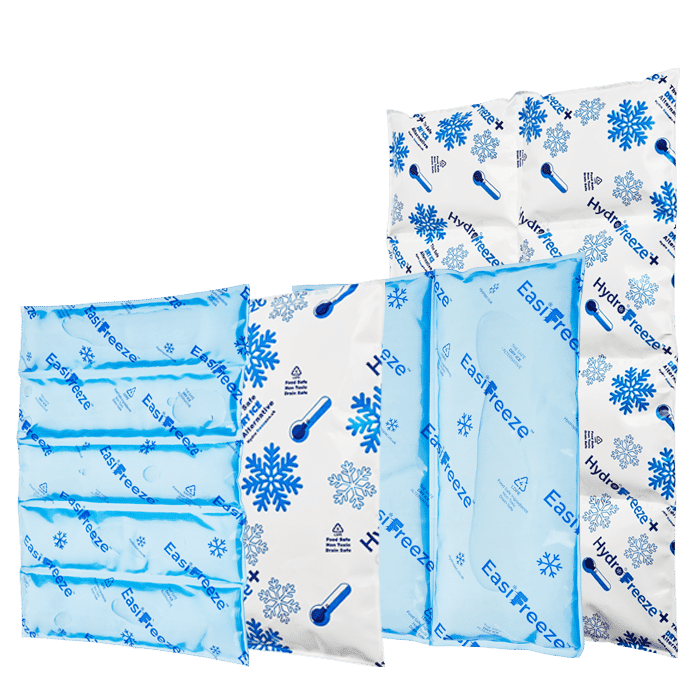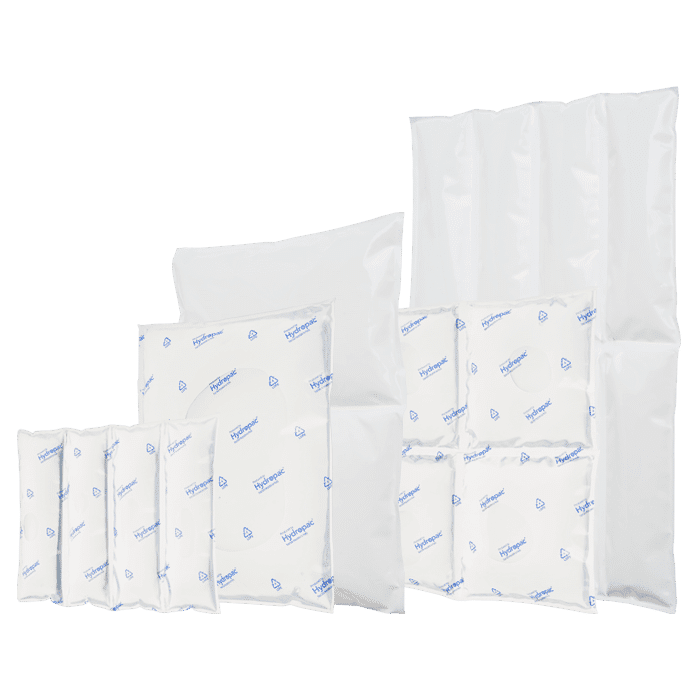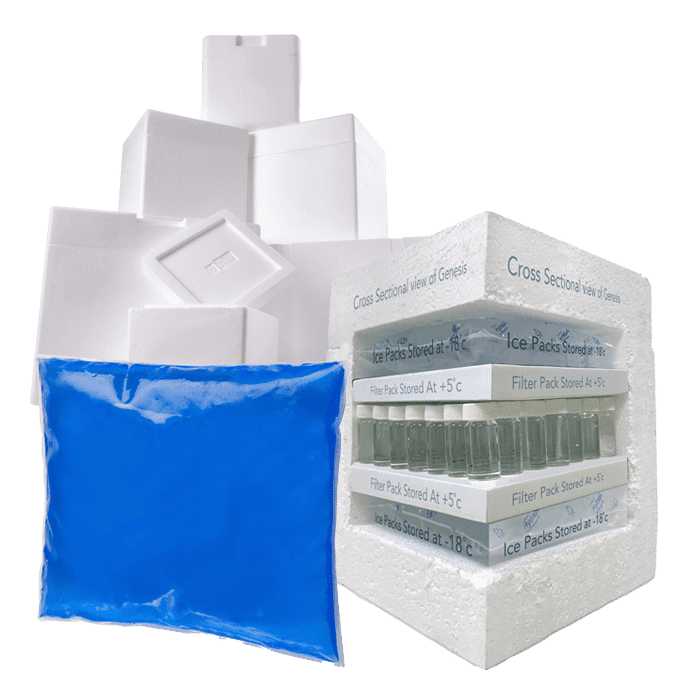The best way to package food for shipping
Shipping food can be a messy process if the wrong packaging is used; this is one of the multiple challenges involved with shipping perishable items, so we have put together a guide for the best ways you can package your food to ensure it stays fresh and undamaged on arrival.
Custom chilled solutions for you
Hydropac offers every customer a customized solution for chilled and conditioned shipping. For example, we help a customer with limited freezing capacity to deliver gel packs frozen and ready to use, and we can manufacture almost all shapes and sizes of cooling elements. As a customer, you come first: we are here to help you.
External packaging
The external packaging of your food shipment is key because it plays the most important role in keeping the contents insulated and protected for the duration of the journey. For regular shipments with contents that aren’t perishable, a regular cardboard box and protective filling should do the job in most cases, but for food, there are different aspects you should consider.
Frozen shipments
Food that needs to be kept below -15˚c need a frozen shipping system. Polystyrene insulation / boxes are classic and well proven for shipping frozen food packages because they work so well. However, we are quickly moving into an eco-friendly world with green alternatives preferred to these classic systems, and as such we have developed our own insulated cardboard and plant-based foam systems. These work just as well at keeping food frozen but with extremely minimal environmental impact on the planet.
- EnviroCool – Biodegradable, compostable, recyclable and made from recycled material.
Using environmentally friendly packaging for your frozen products gives you the option to present an eco-friendly face and show your customers where your priorities lie as a business.
Chilled Shipments
Food that needs to be kept between +2˚c and +8˚c need a chilled shipping system. To ensure your package arrives at the same temperature it left at, insulation will be needed. Packaging that needs to say chilled can be insulated with a range of materials such as paper based structures to trap air insulation, polystyrene panels/boxes, plant-based foam and foil air bags to reflect temperatures. Hydropac offer a wide range of chilled shipping systems that are waterproof/leakproof, recyclable, biodegradable and keep food chilled for a minimum of 24 hours.
- ReflectiveAir – Low cost, cushioning, waterproof and leak resistant. Reusable with a wipe clean surface.
- RecycleAir – Recyclable LDPE with “Double Bubble” cushioning layers. Self-seal, tamper evident closure and double-strength boxes as standard.
Room Temperature
If the items you are shipping should be kept at room temperature, it is still best practice to send them inside an insulated box using the same shipping systems as above. This is because insulation does not only work to keep the cold in, it works to keep hot and cold out, keeping your food at room temperature.
Ice Packs
It is a good idea to use an ice pack inside your packaging system, to maintain a chilled or frozen temperature for items going into the courier system where delays may occur. We offer both water ice packs and gel ice packs, available in a range of sizes to fit different packaging needs.
If it’s a safe alternative to dry ice that’s required, our Hydro-Freeze gel ice packs fit the bill. These are FSA & FDA approved ice packs which use a specially engineered phase change liquid. hydro
Internal protection
Different types of food should be packaged differently depending on whether they are room temperature, frozen or chilled. This is the first line of defence when shipping food, so make sure that you select the correct materials to use so your food doesn’t get damaged in transit.
- Fresh Food – When packaging fresh food and baked goods, ensure that they are sealed in an airtight container or bag. This seals in the freshness of the food so they arrive as if they have just been baked. Be sure to fill any open areas inside the packaging with cushioning materials such as bubble wrap, packaging peanuts or crumpled up paper. This ensures the goods do not move around the packaging once in transit.
- Contain Liquid – Any food that contains liquid should be kept in waterproof packaging to avoid leaking, soggy boxes. If they become soggy then the integrity and protection of the external packaging will become much lower. Foods to look out for would be frozen goods that may thaw or melt, yogurts, drinks etc.
Sustainability Hydropac and CSR
Sustainability isn’t just a trend for us – it’s a promise. As we innovate, create, and lead, we keep our planet’s well-being at the forefront. With Hydropac, you’re not just preserving the quality of your cargo; you’re contributing to a healthier world.
Experience the power of sustainable temperature assurance with Hydropac – where excellence and environmental responsibility coexist for a brighter future.





